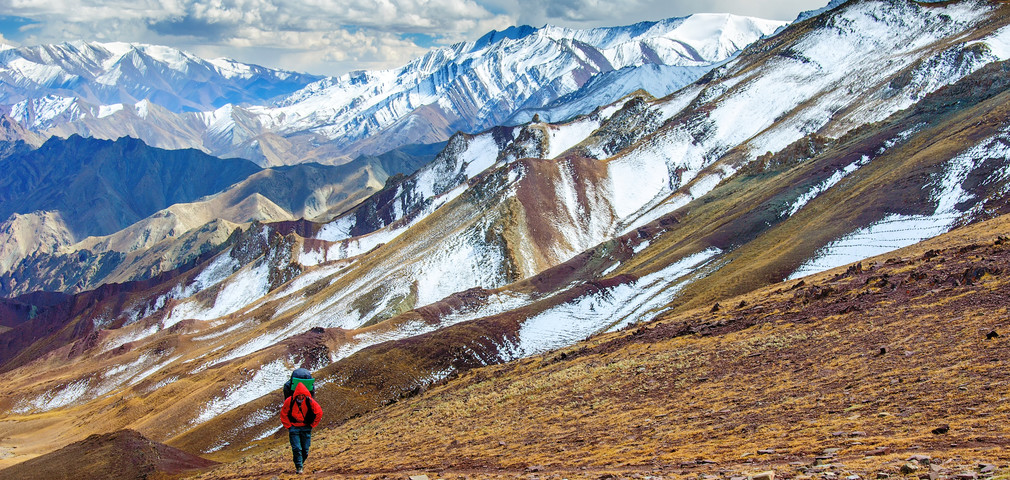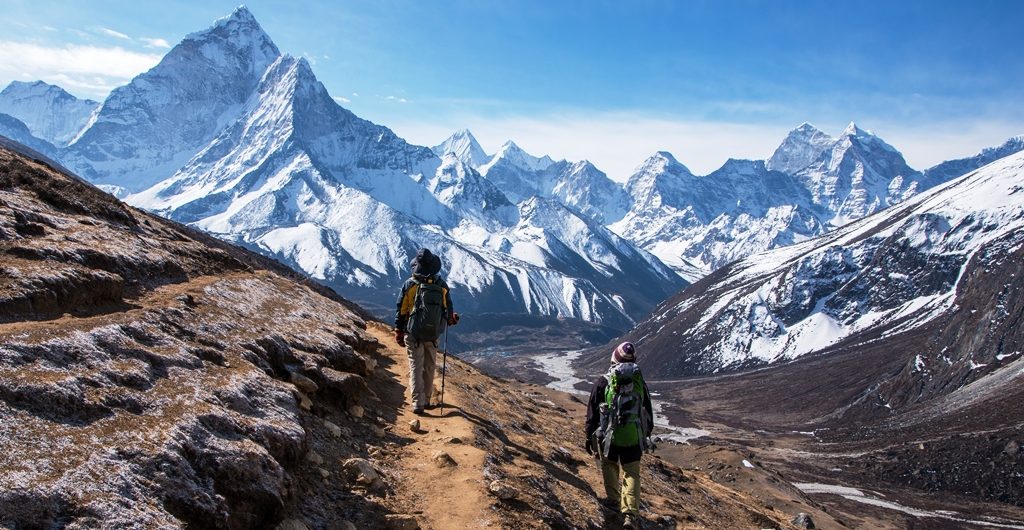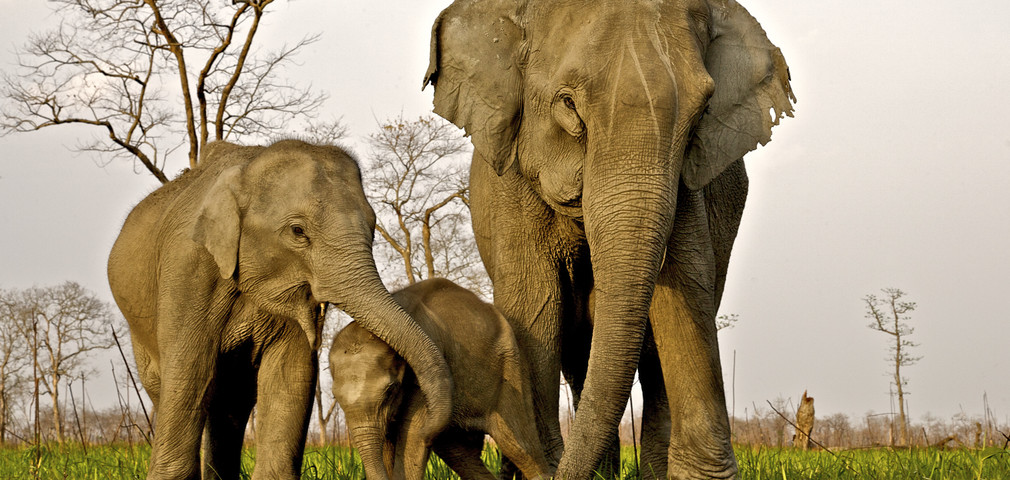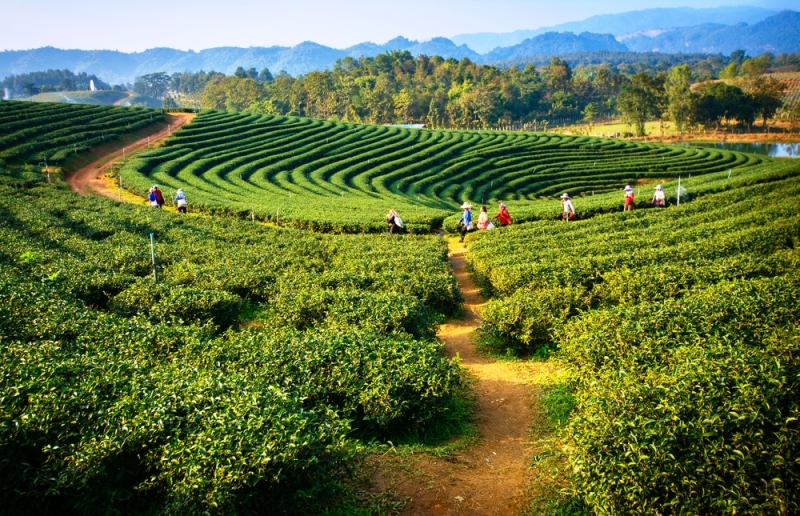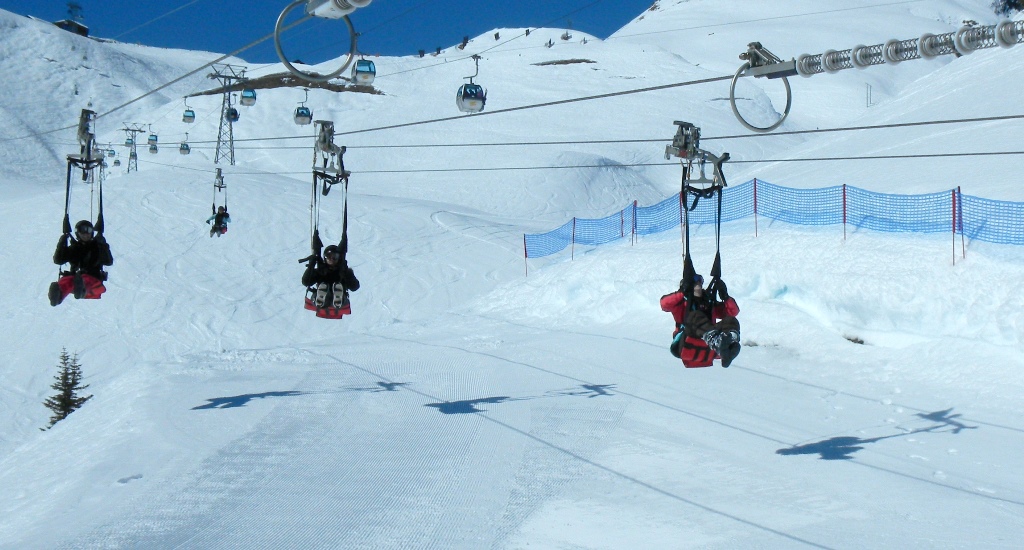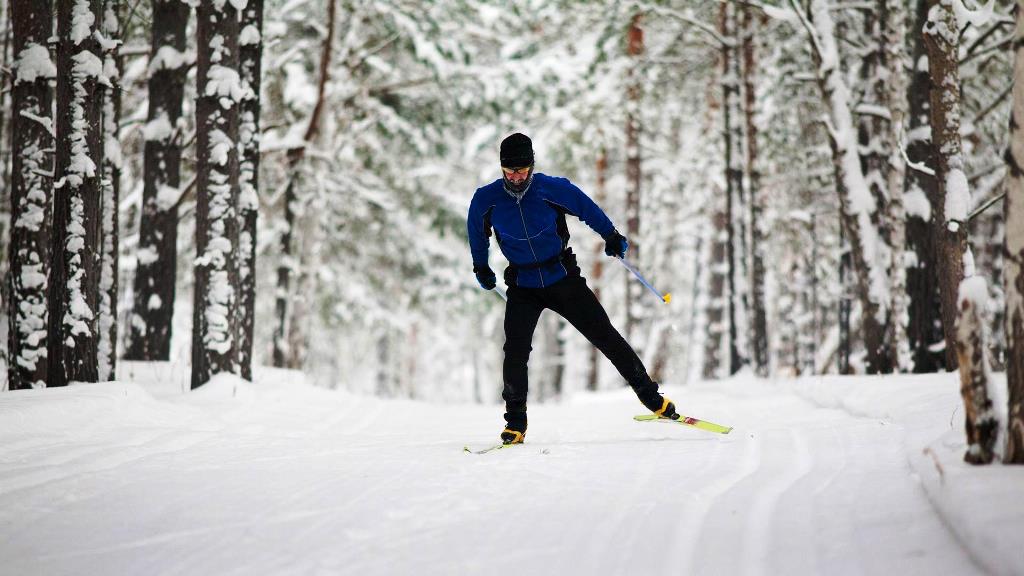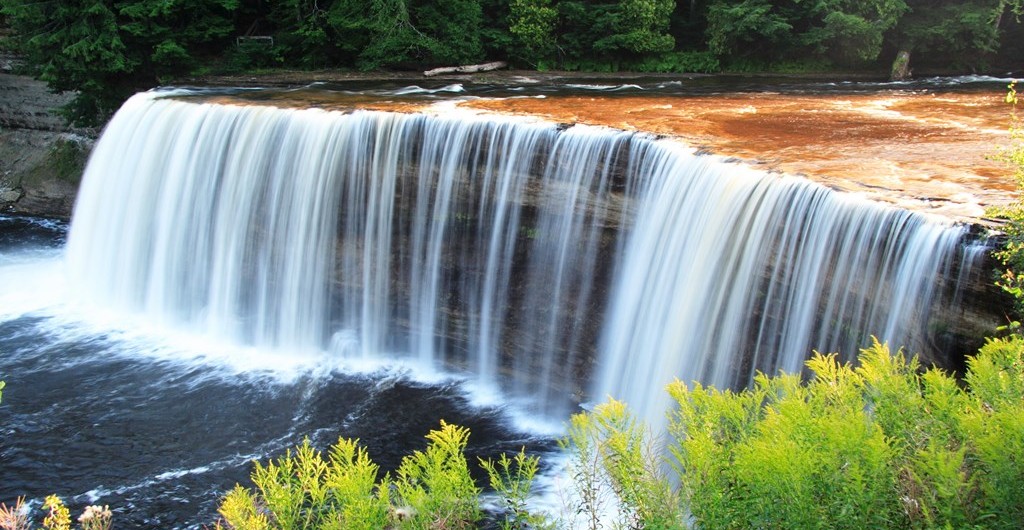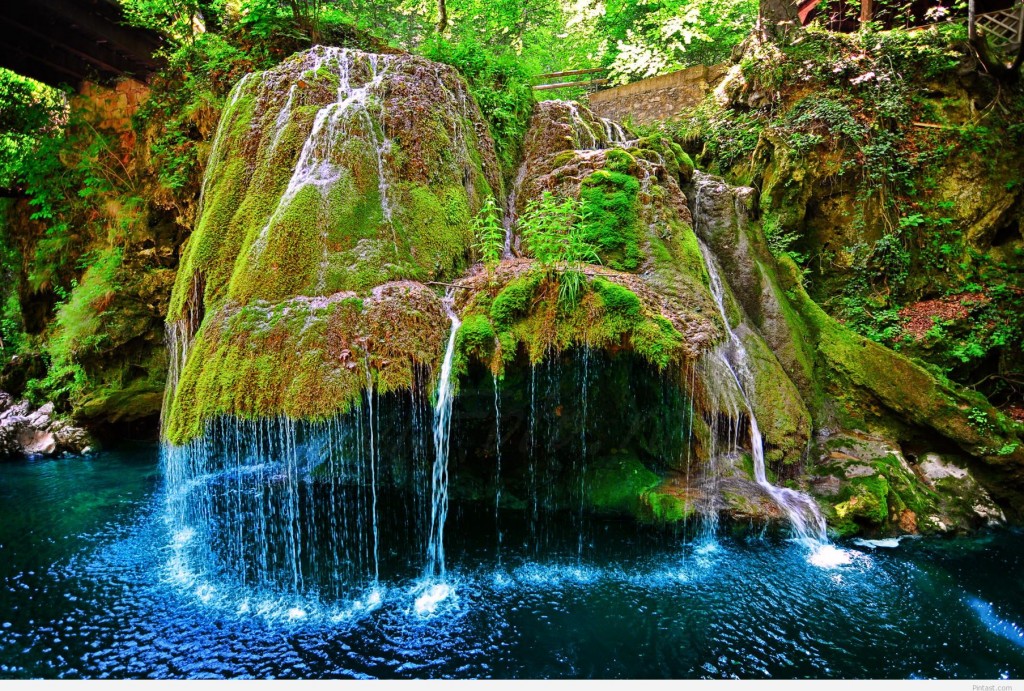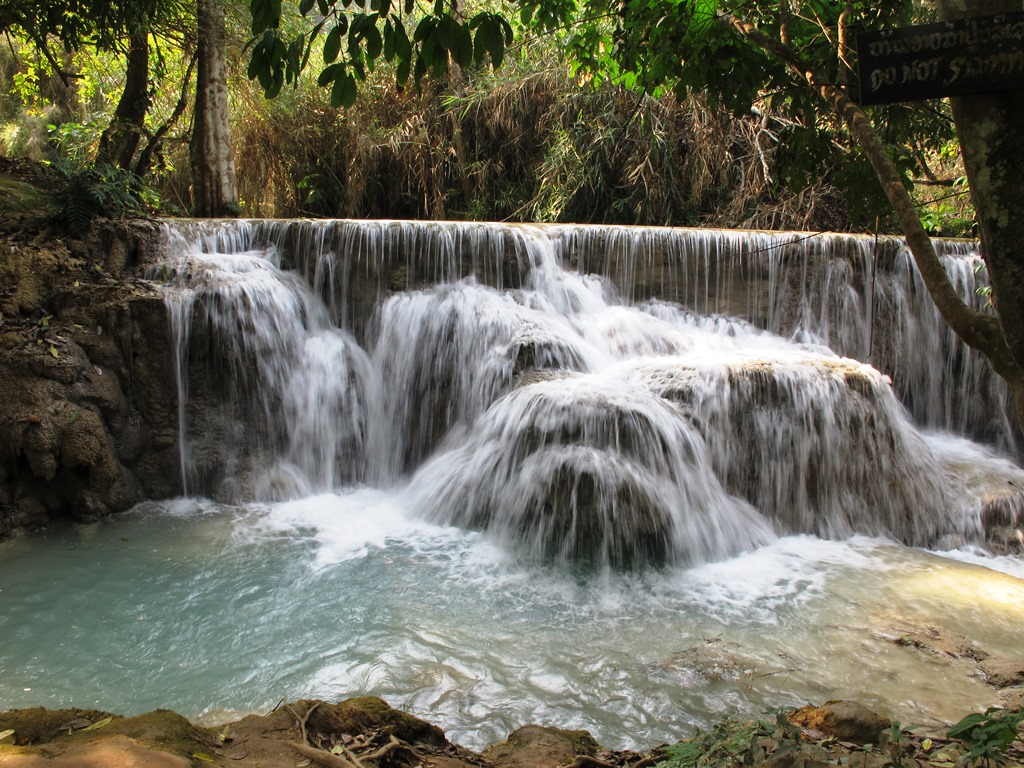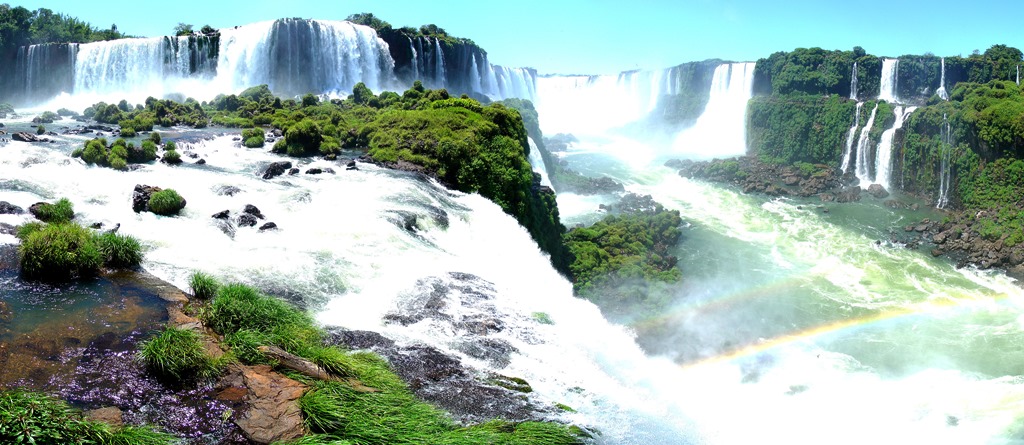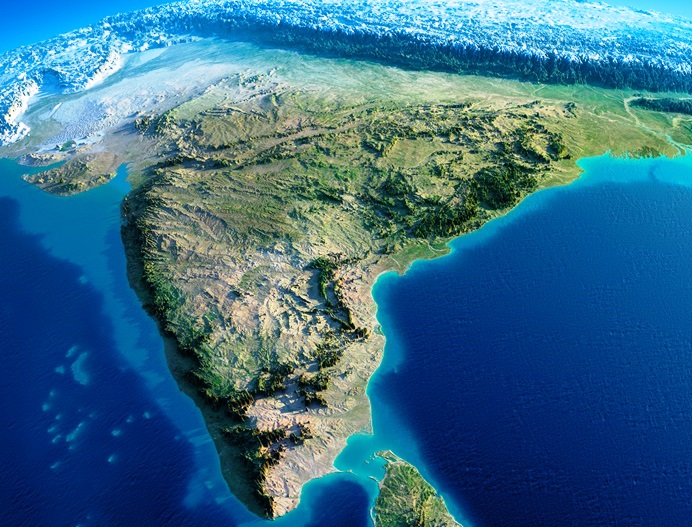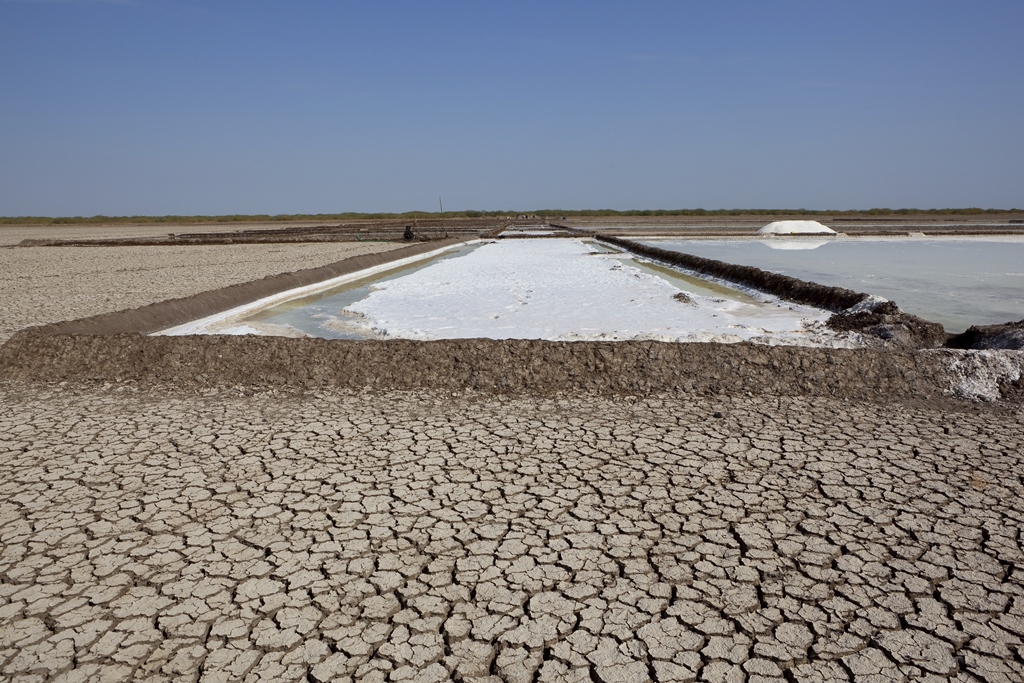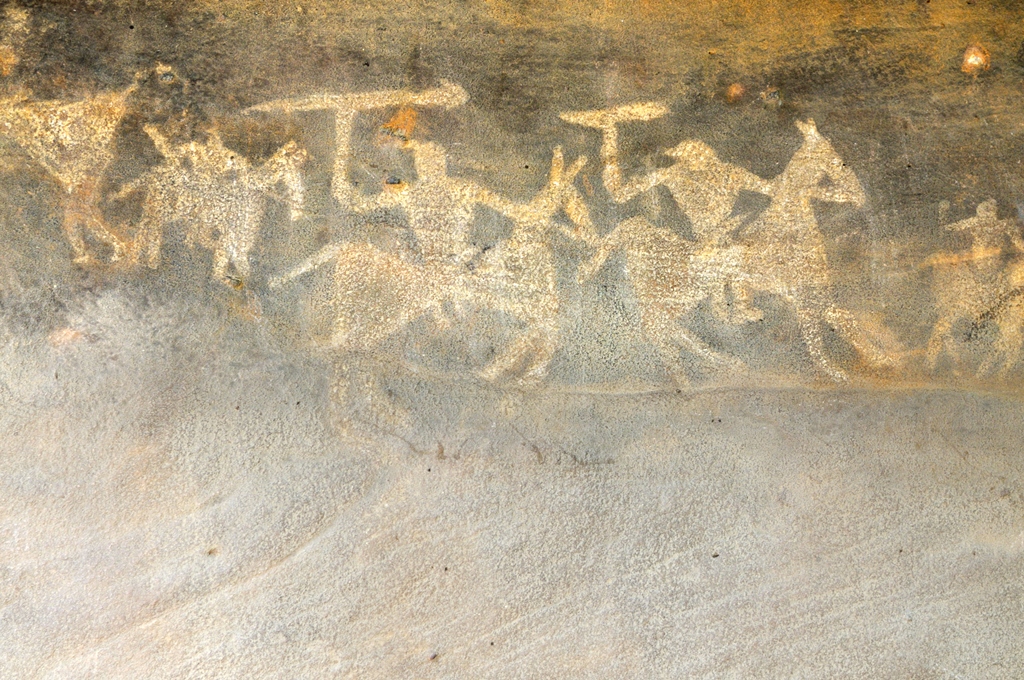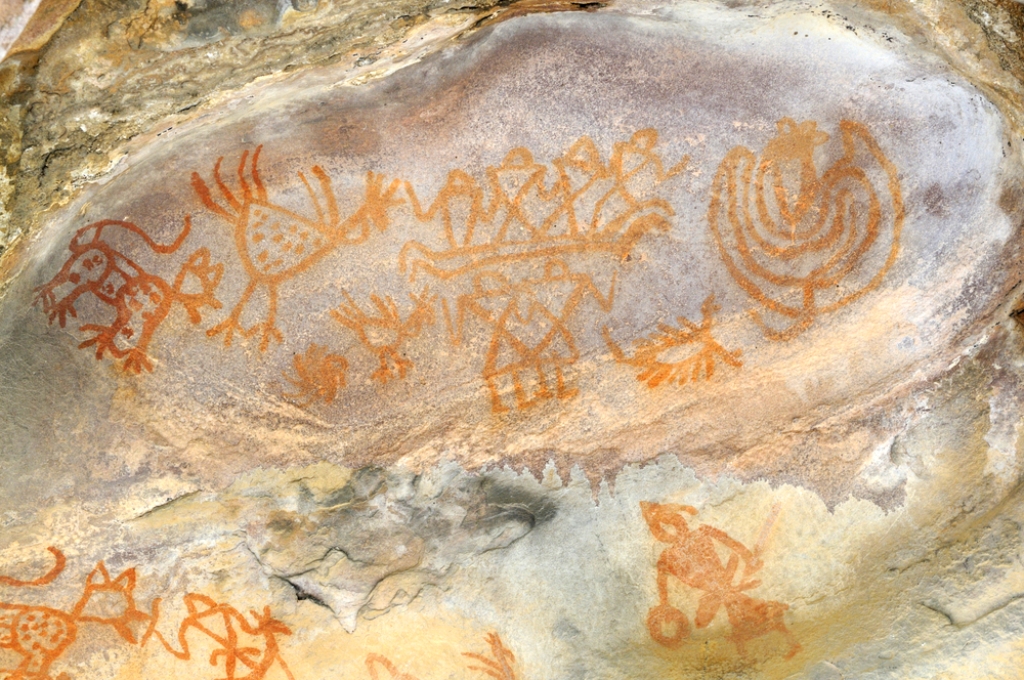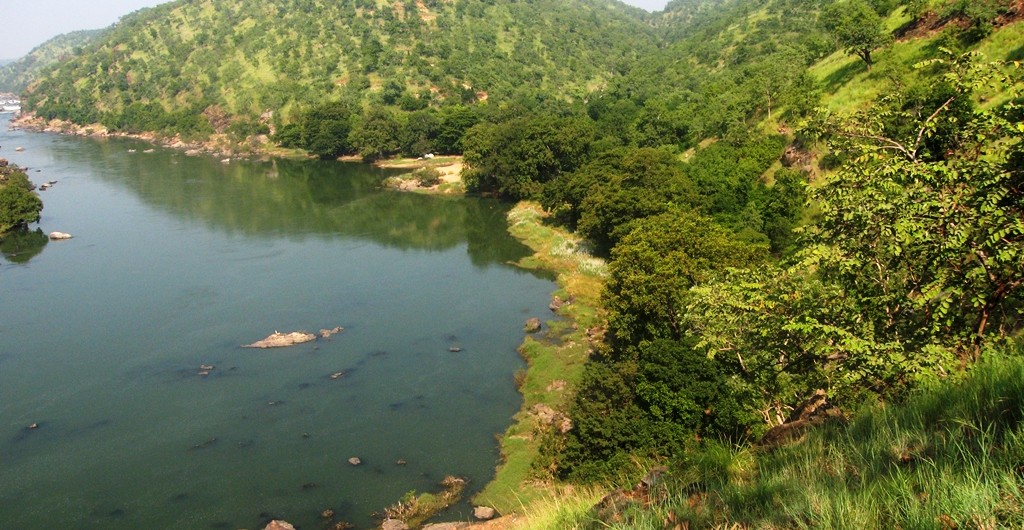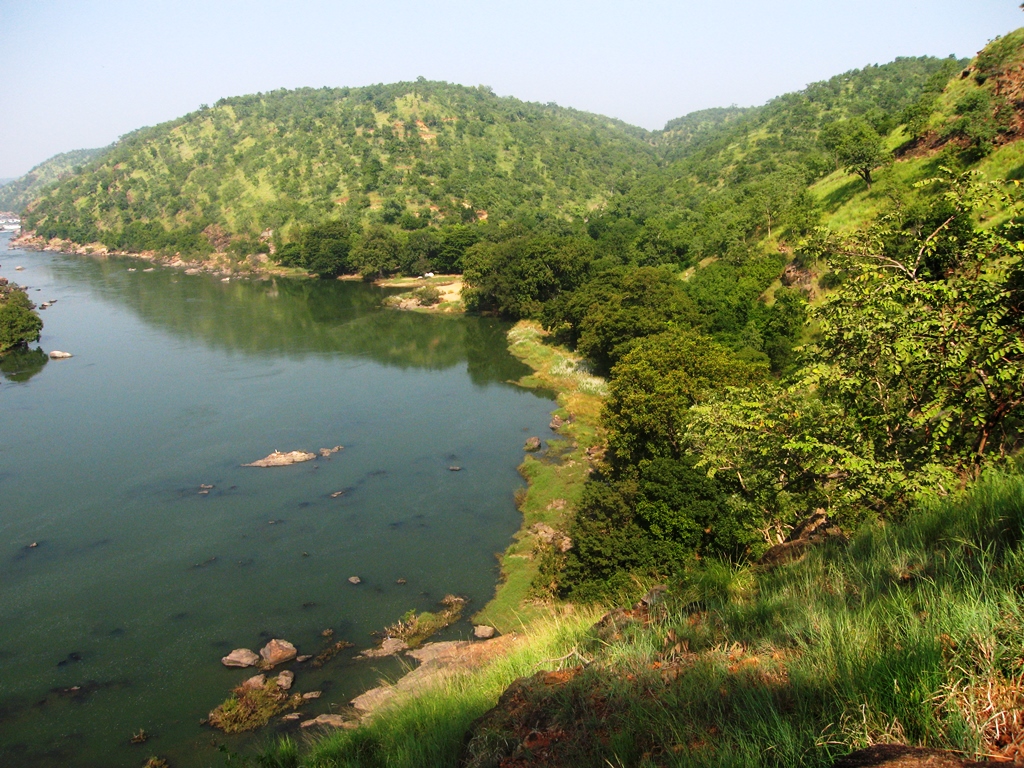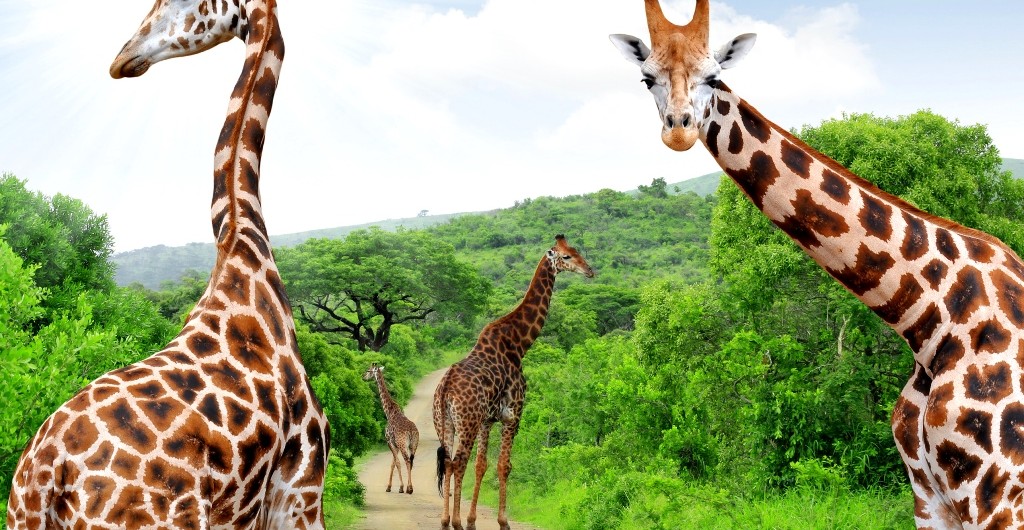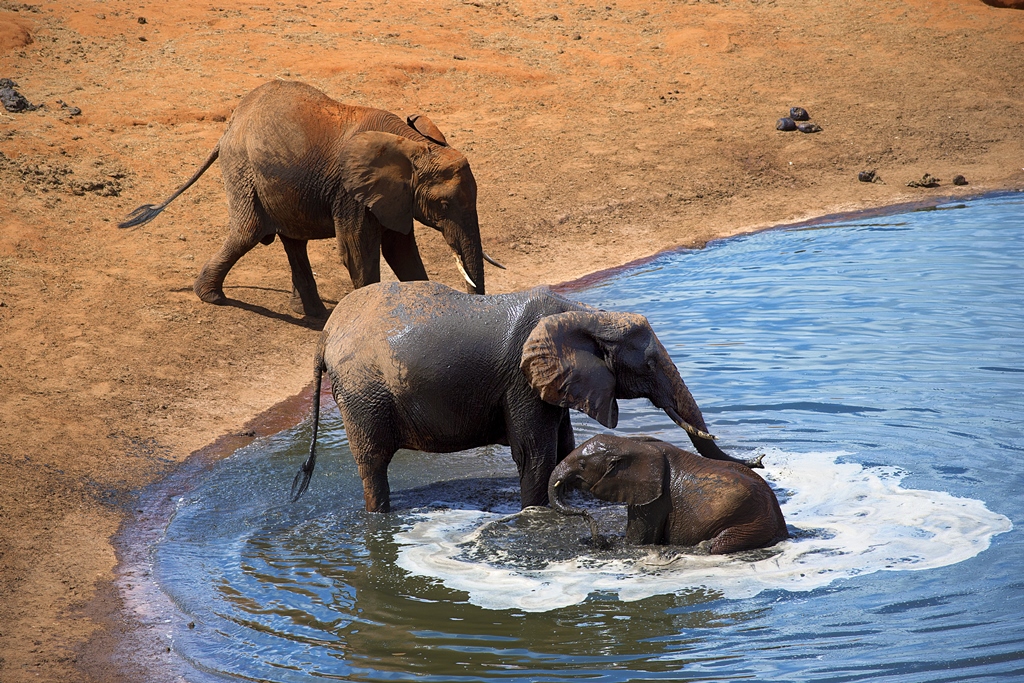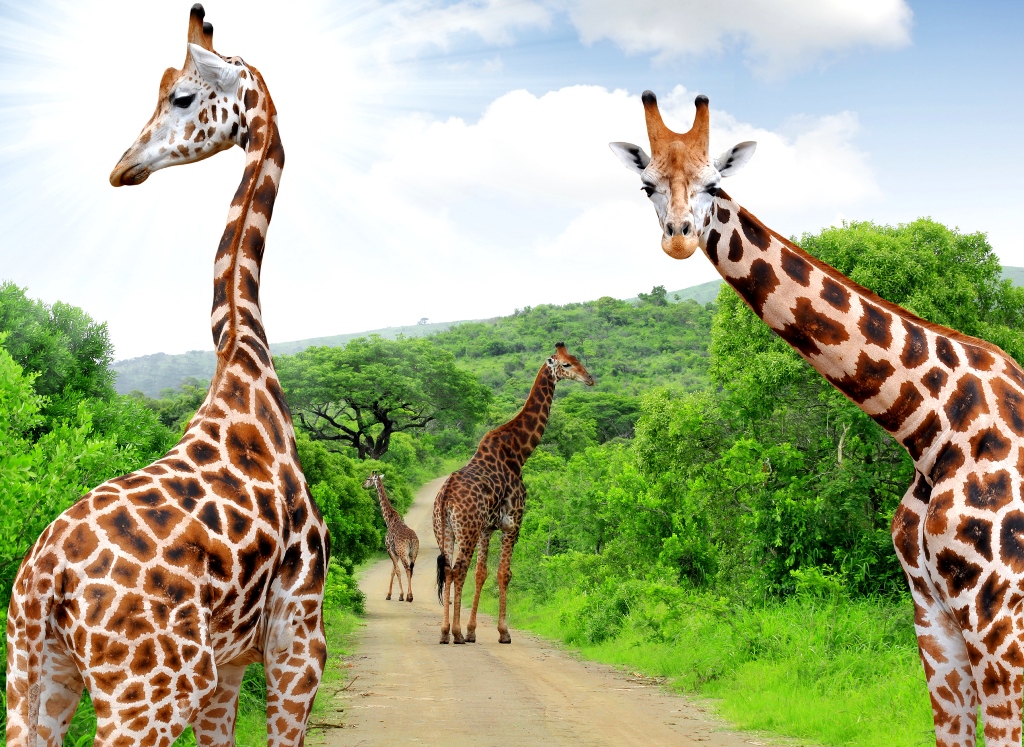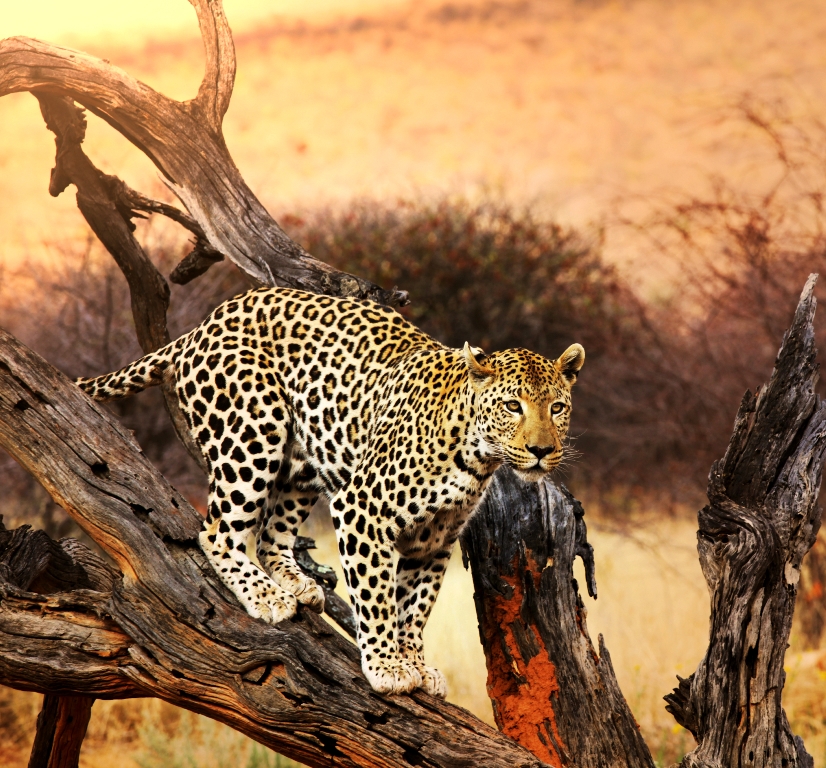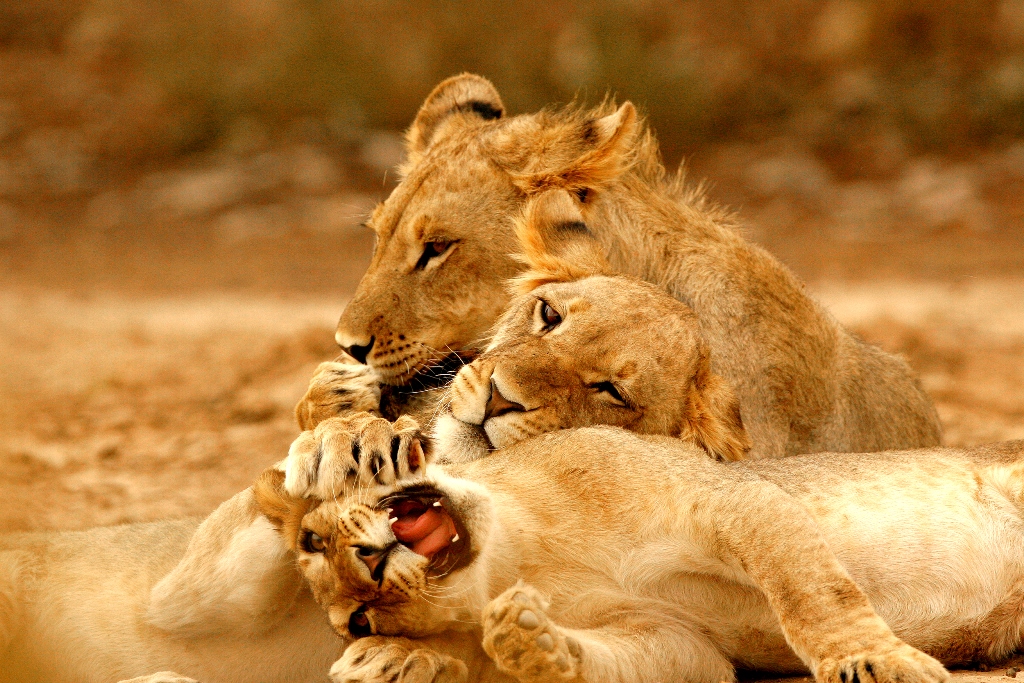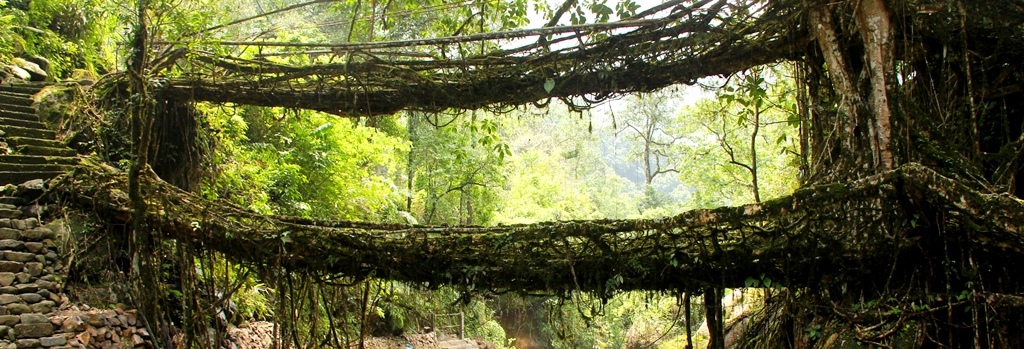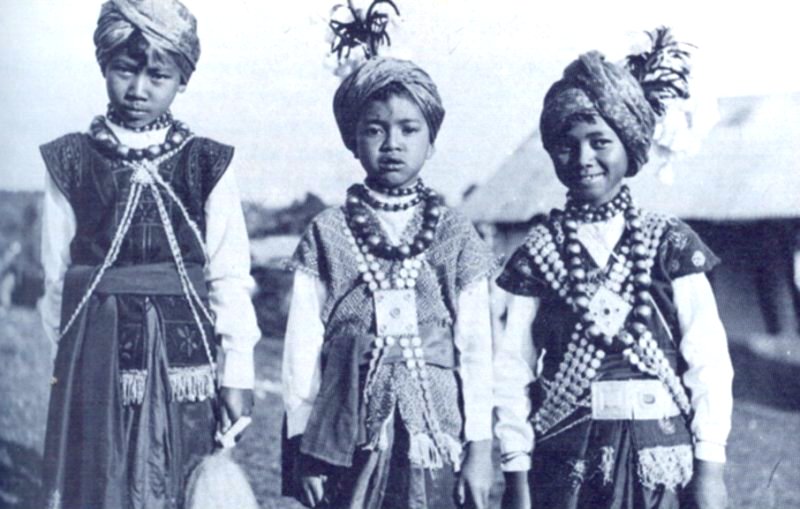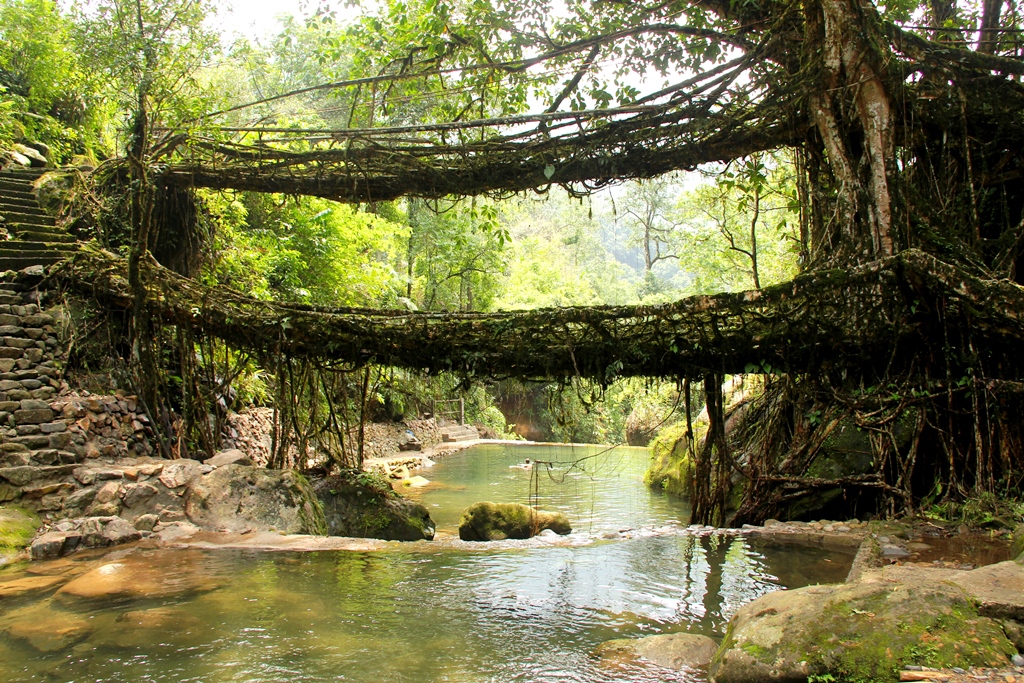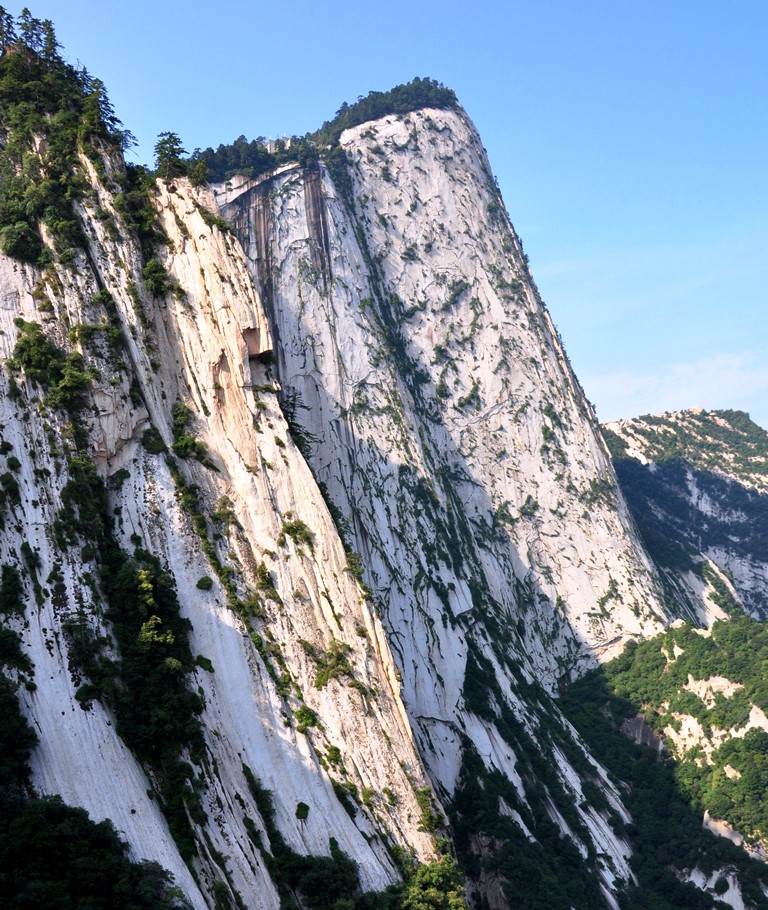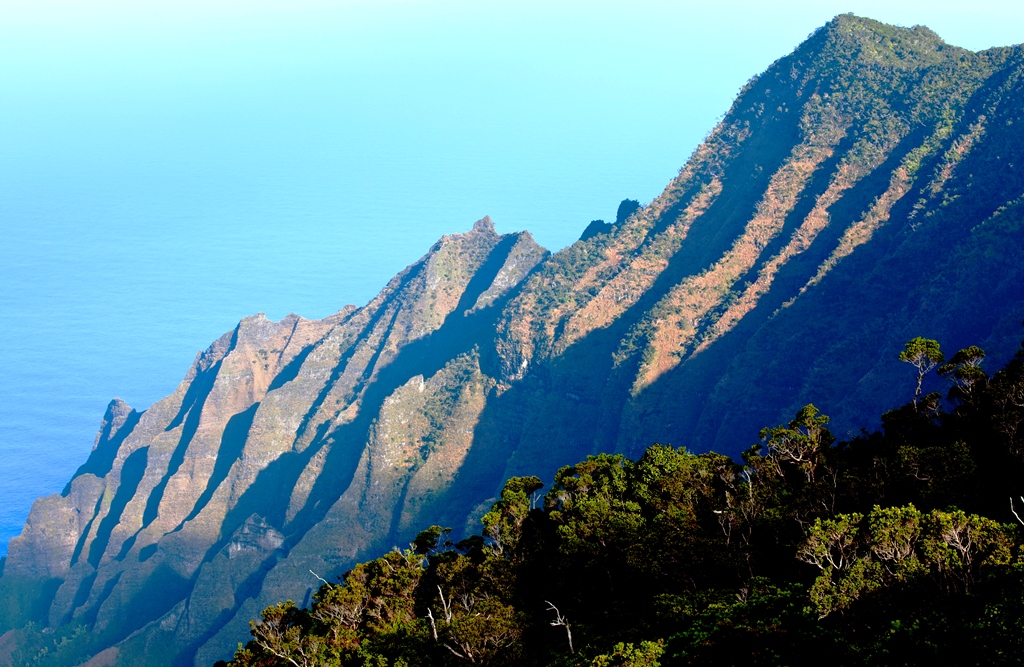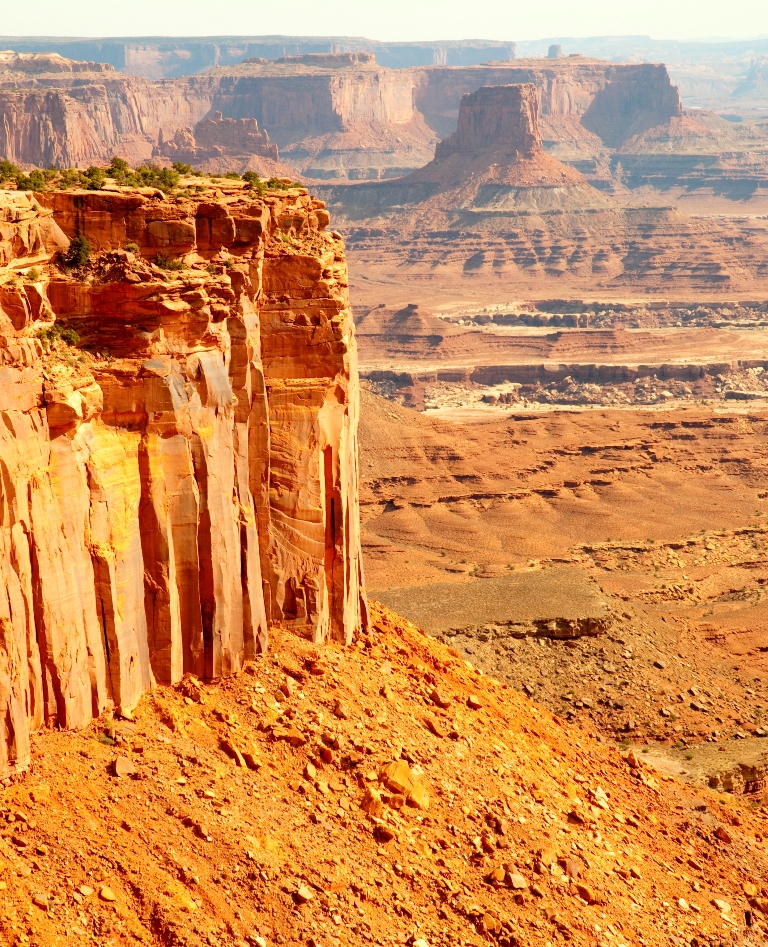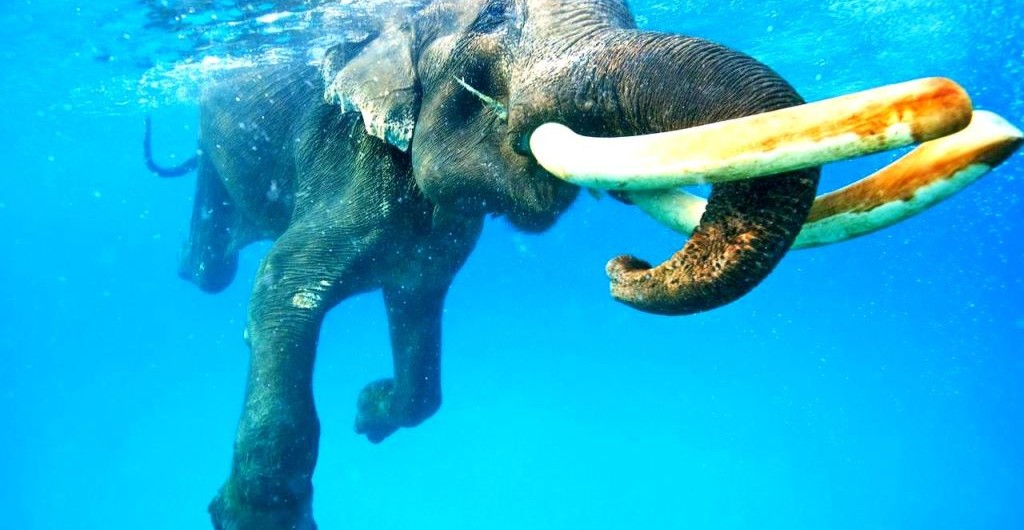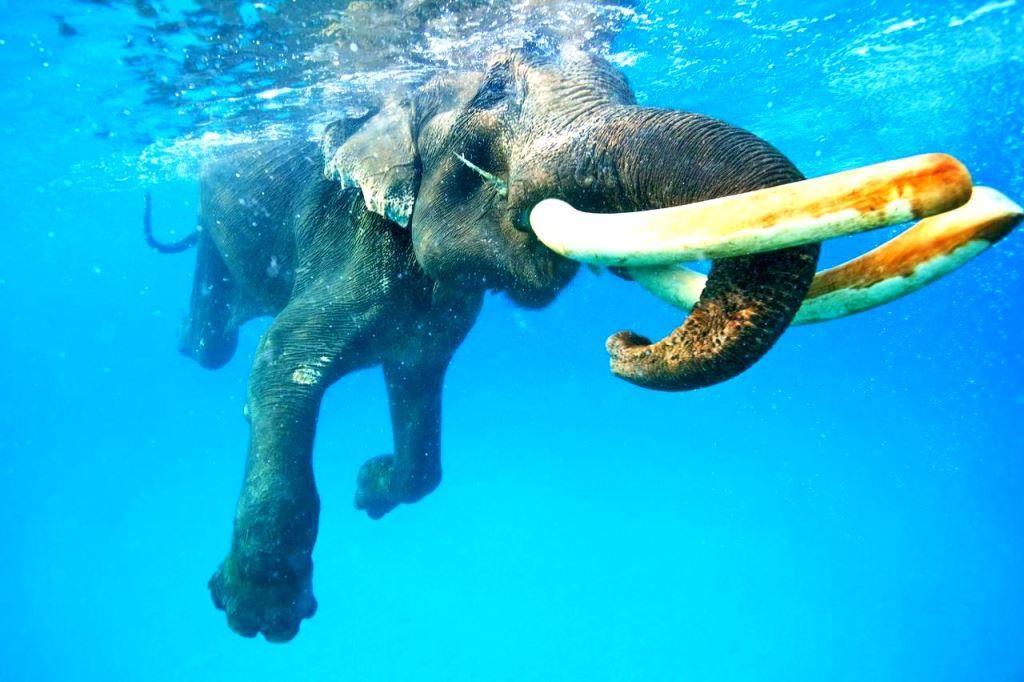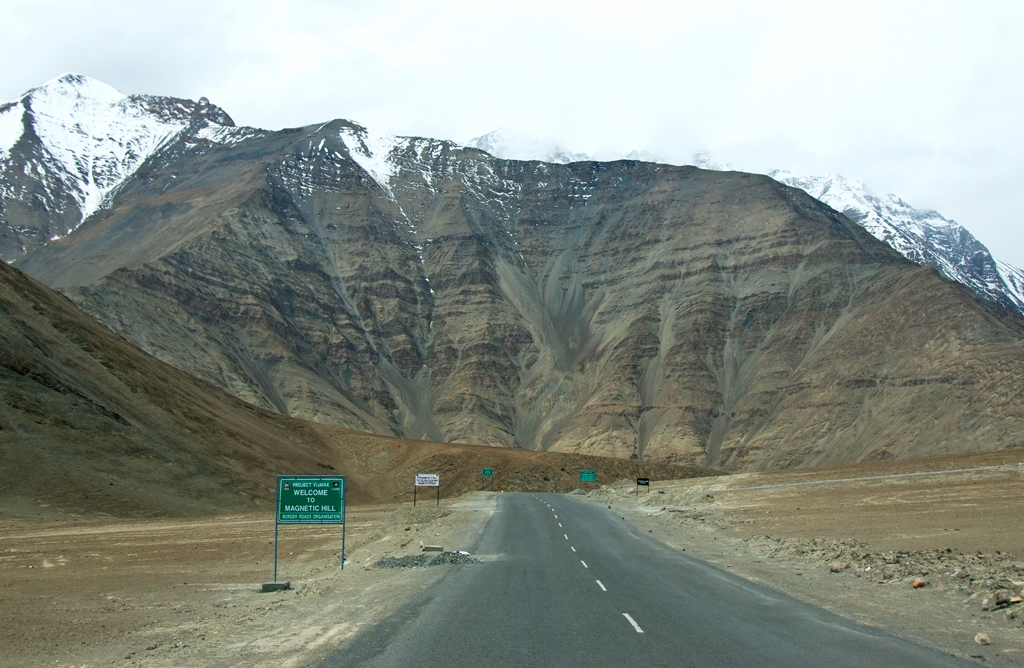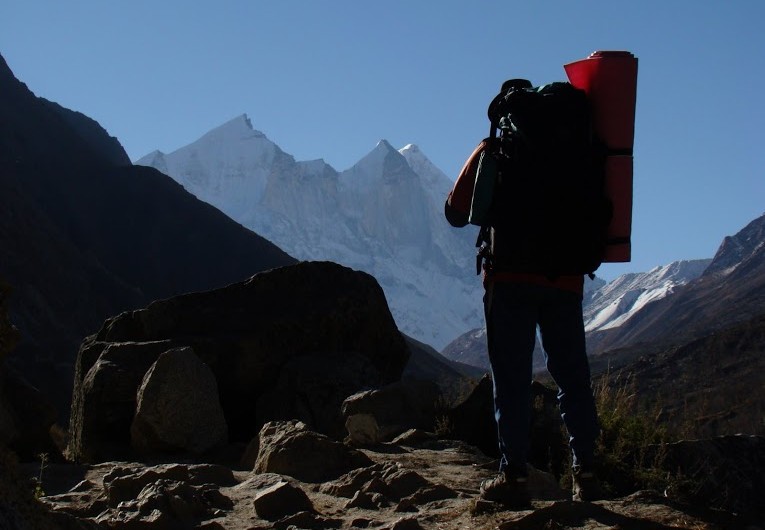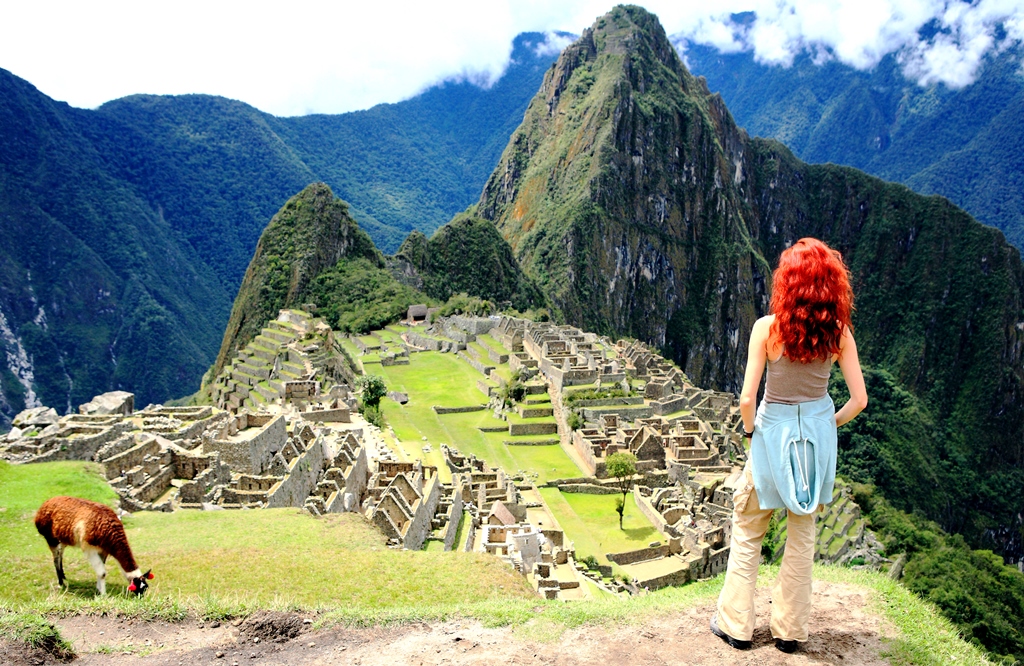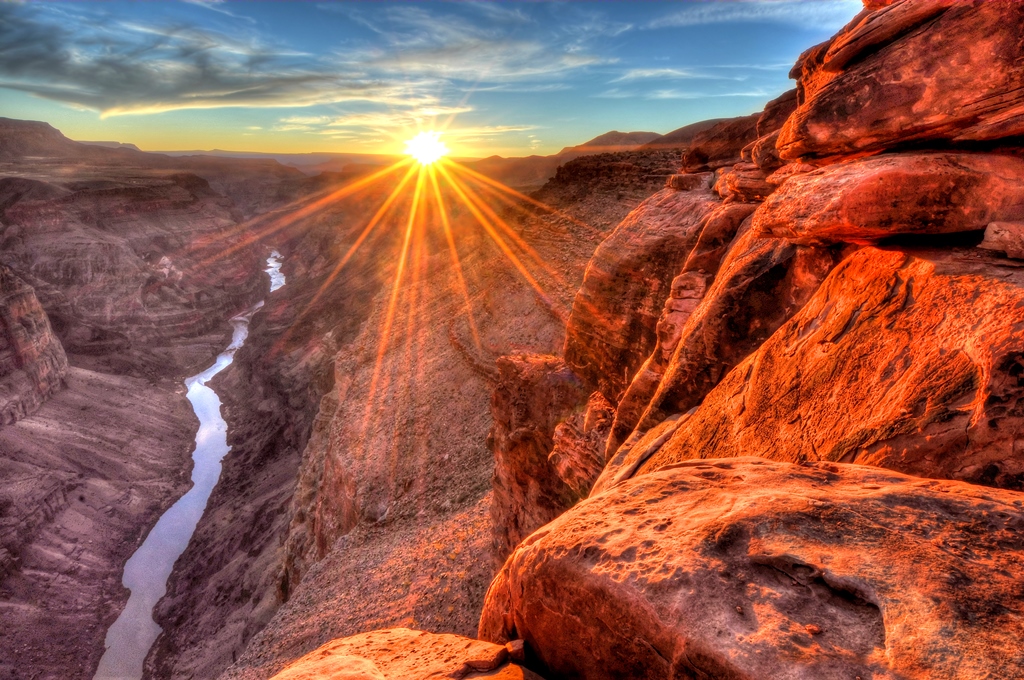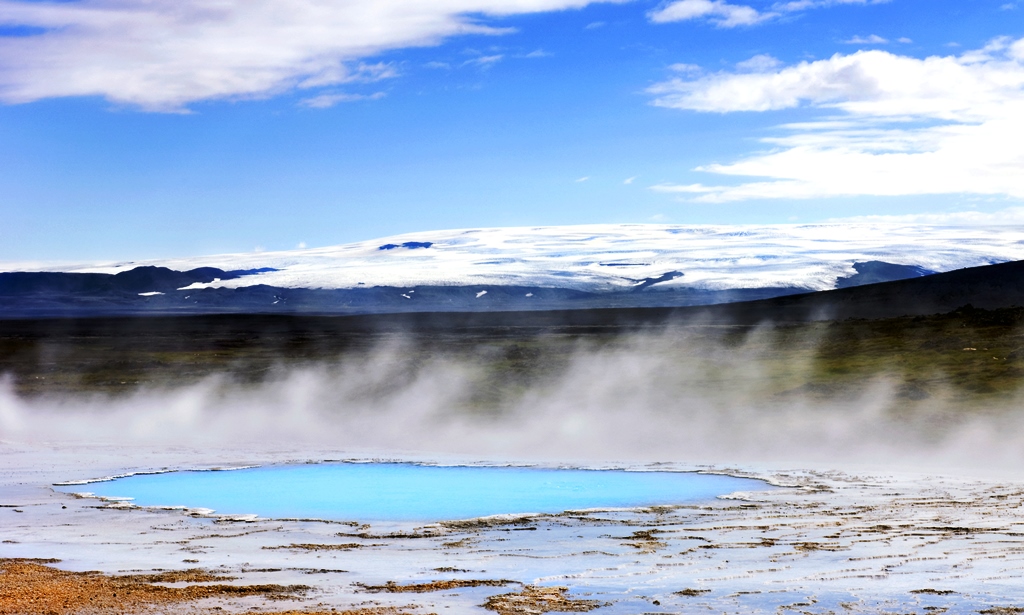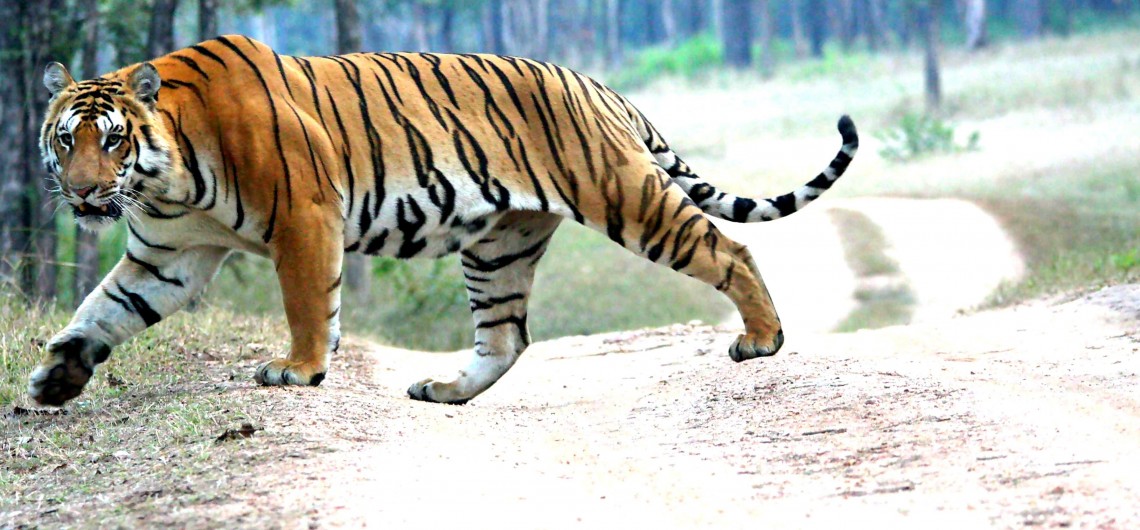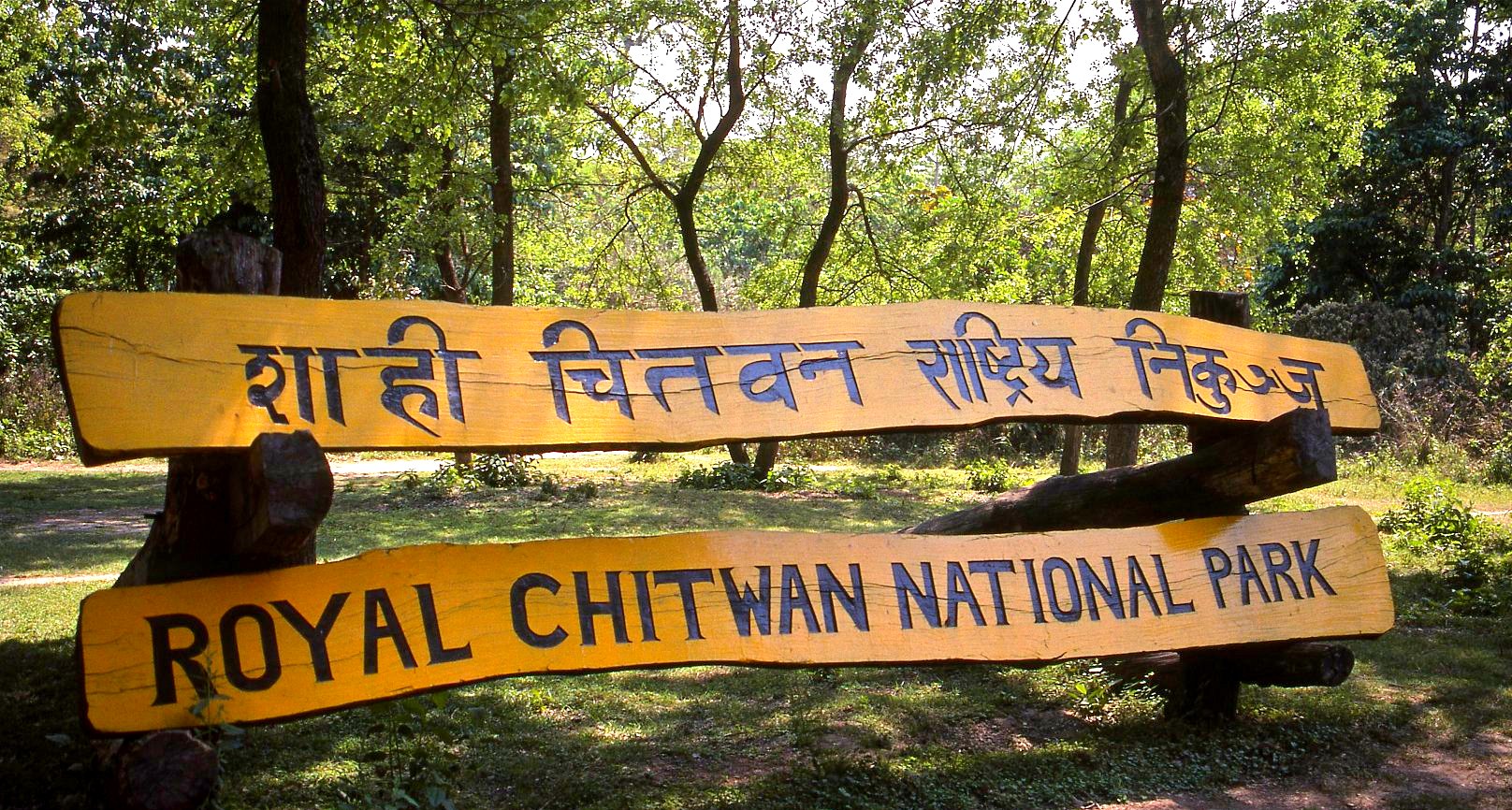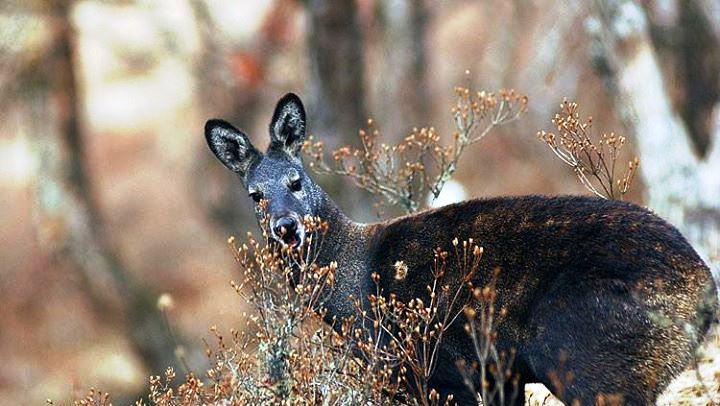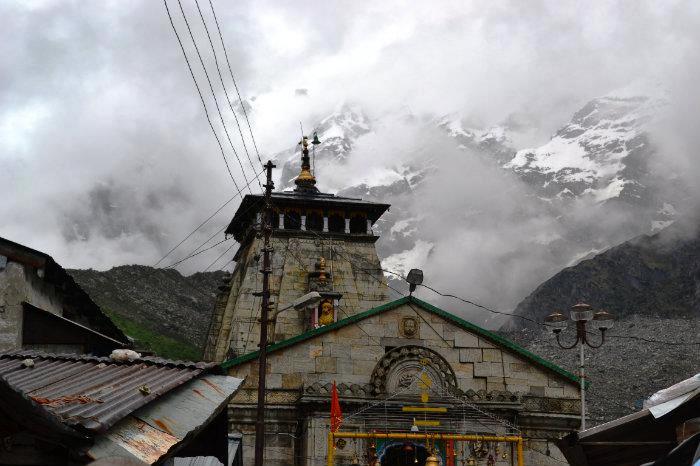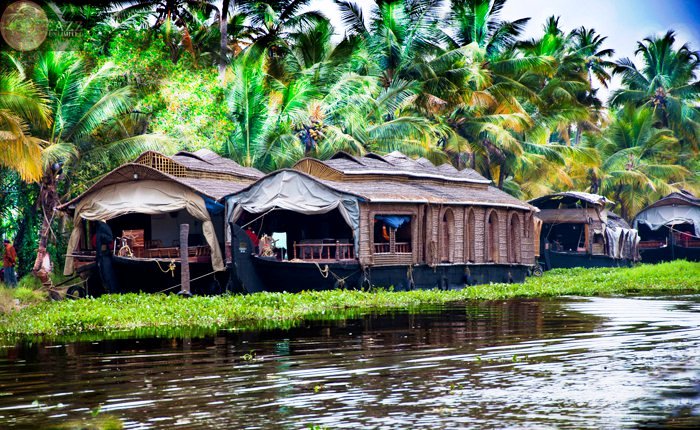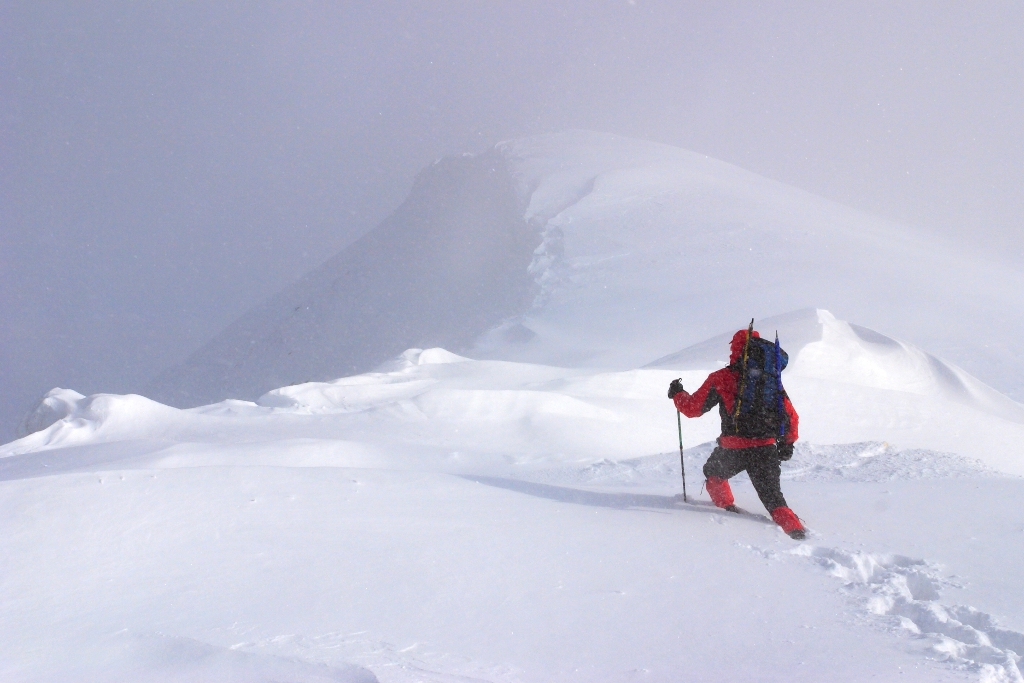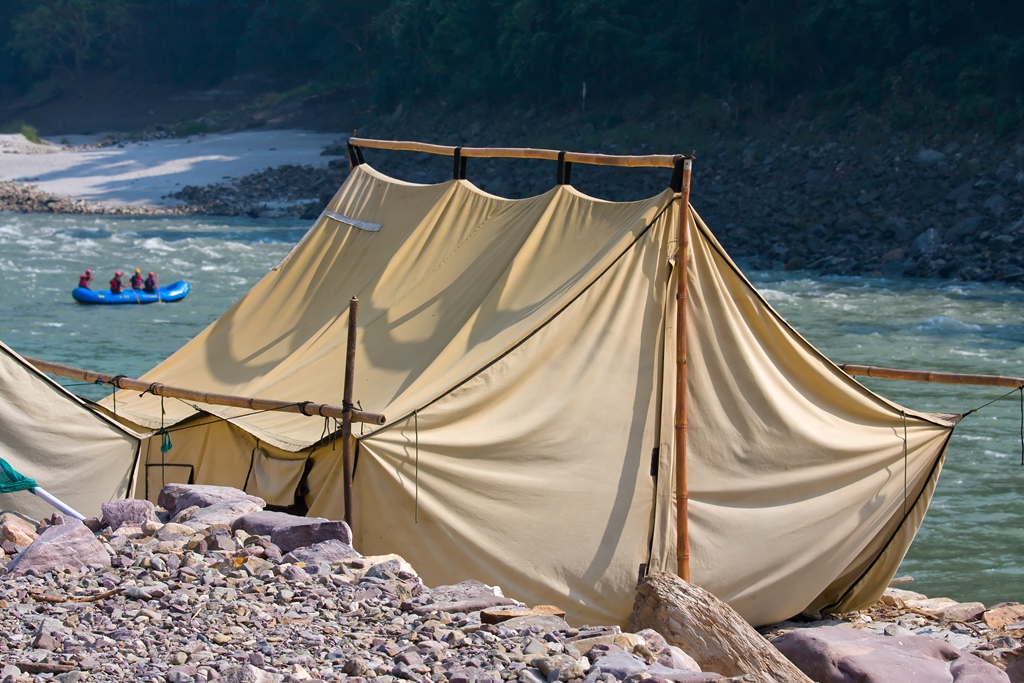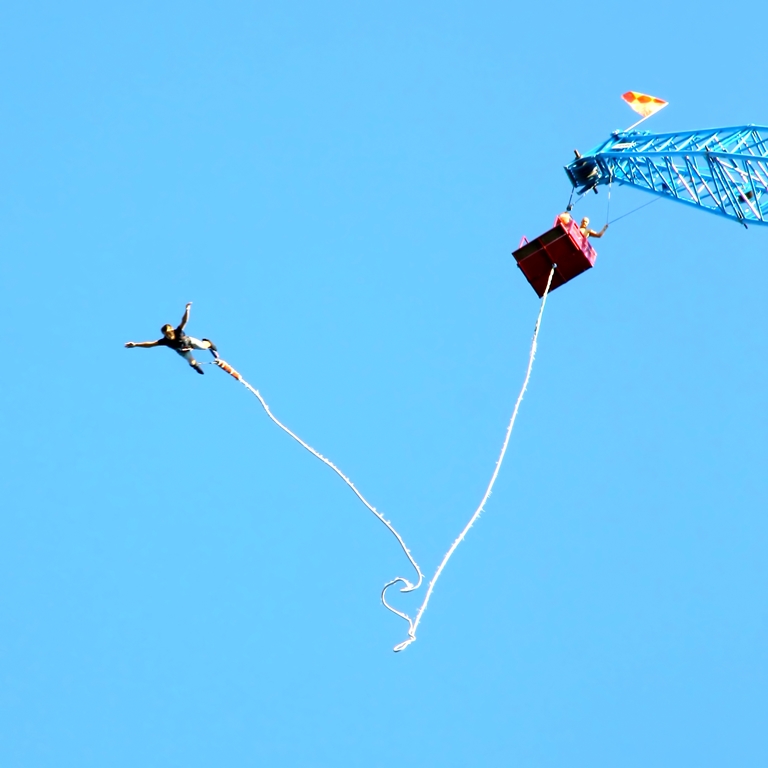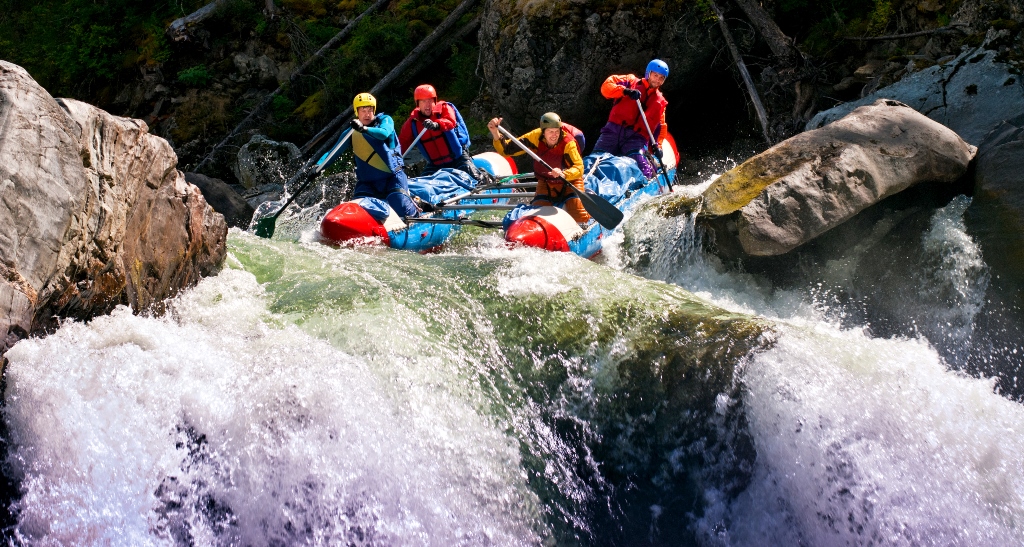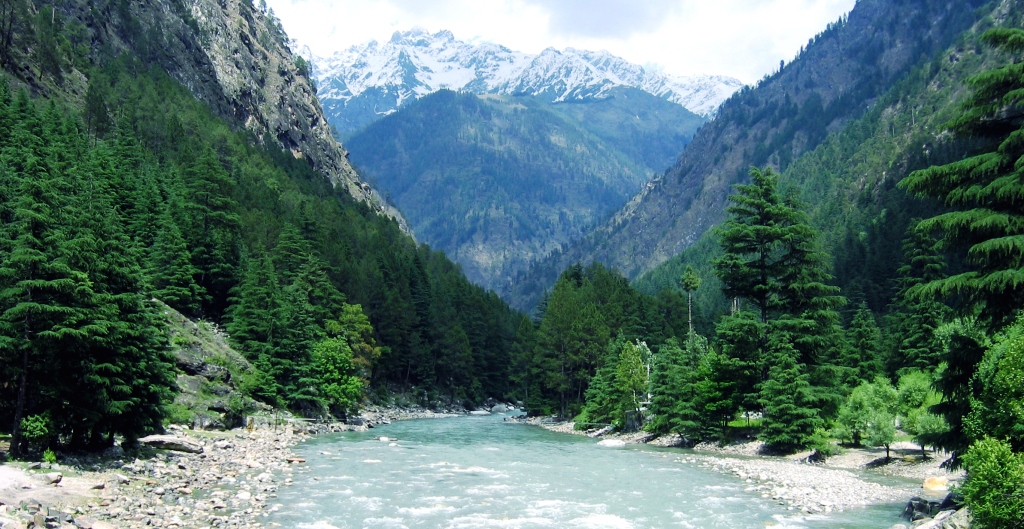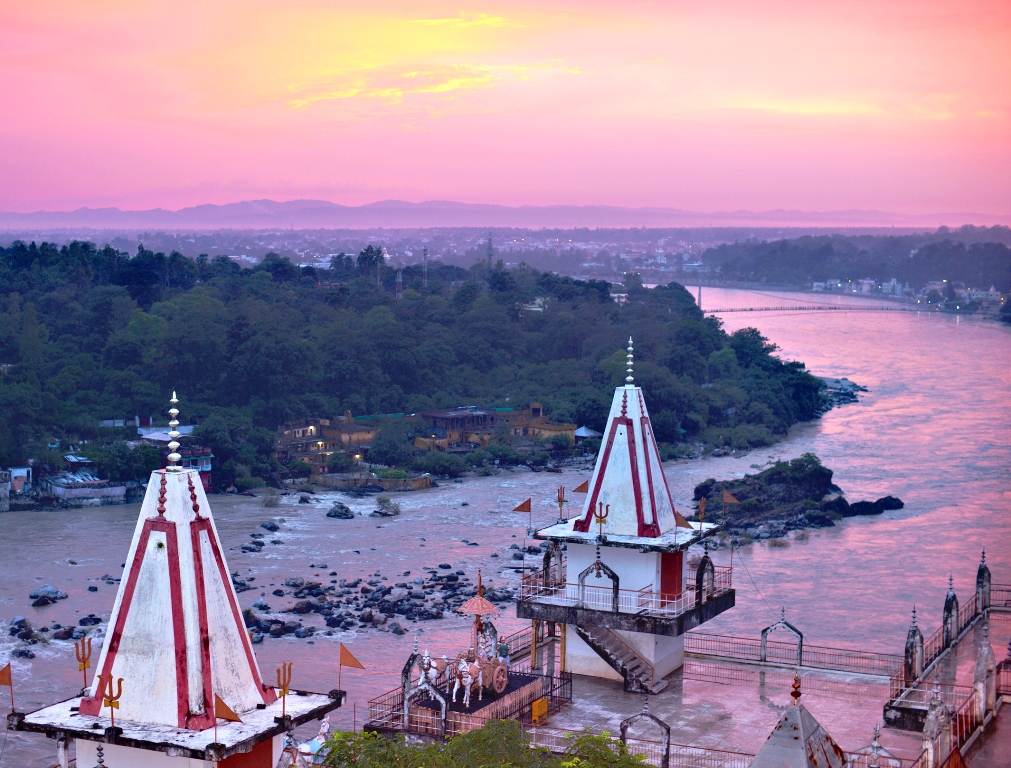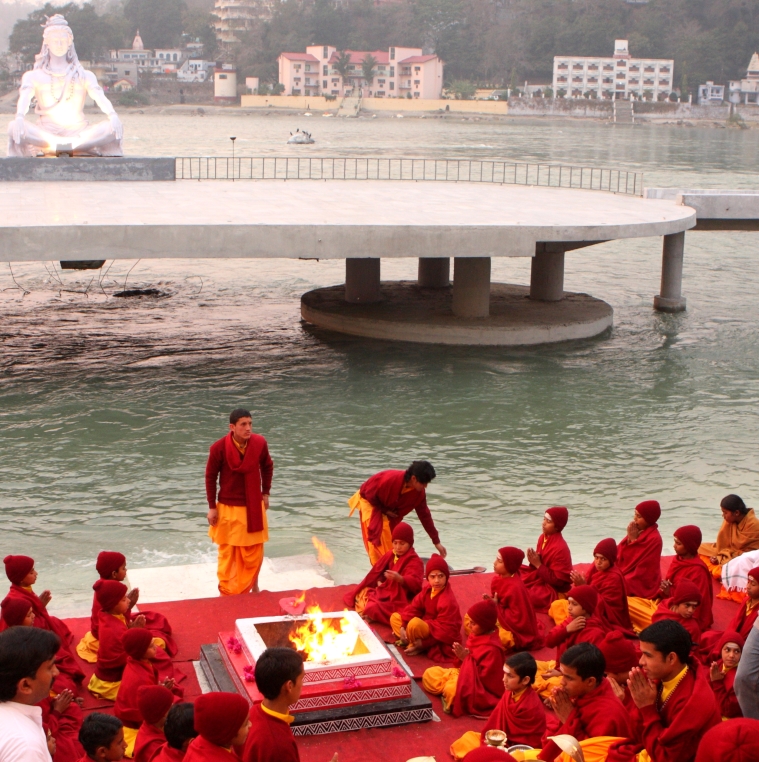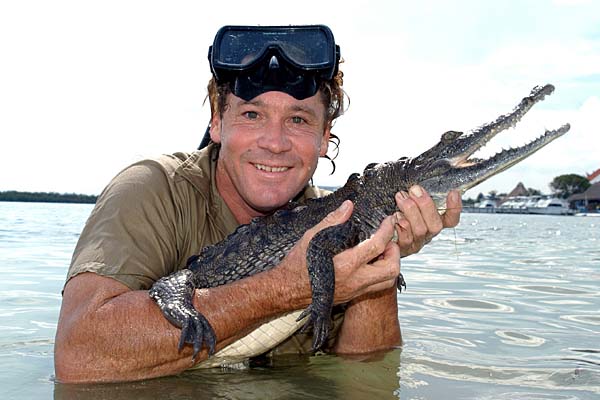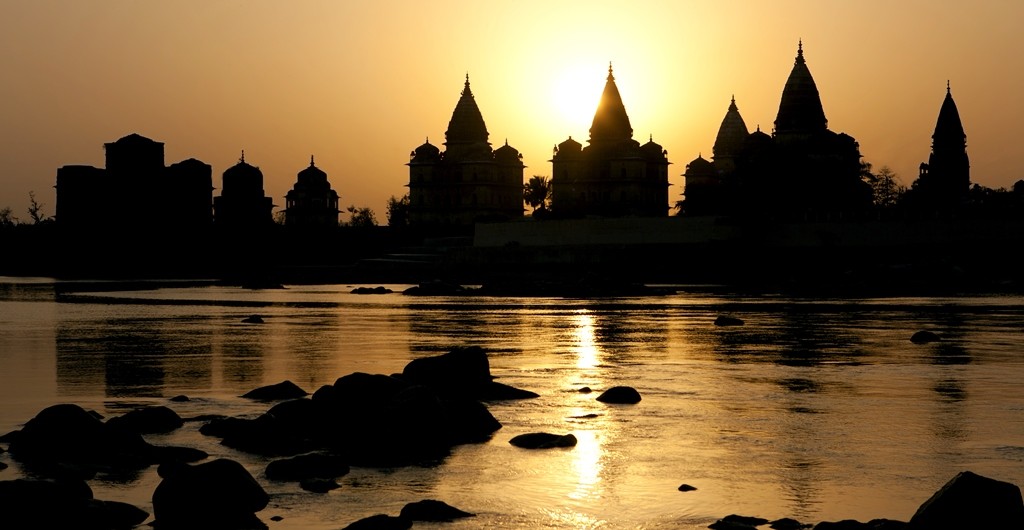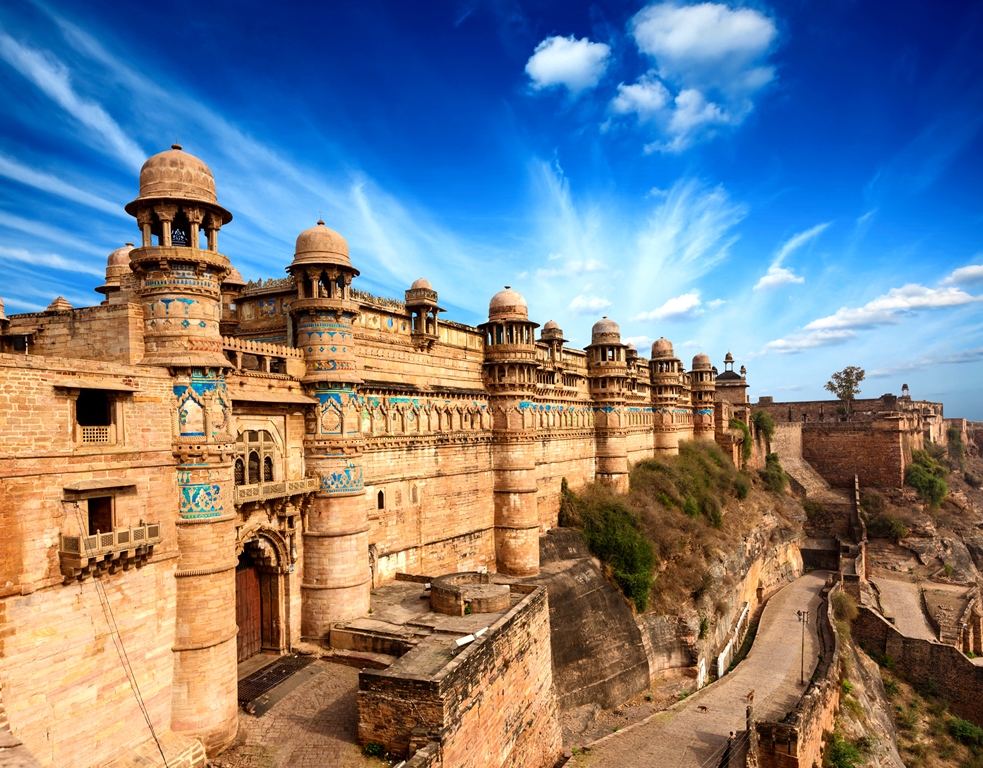Limitless deserts, thriving jungles, prosperous rivers and breathtaking views – with every step you take on the Markha Valley Trek you are introduced to nature, beauty, adventure and a heap of emotions felt never before.
With its trail taking you through the Hemis National Park where there’s a good chance you’ll spot a snow leopard to further heading to tiny Himalayan hamlets with huge parachute tents and a unique Buddhist culture to finally crossing high mountain passes that offer you views so enchanting that you almost never want to leave, the Markha Valley Trek has it all!
So if you’re planning your next trekking adventure, look no further! Here are 5 Unbeatable Reasons to do the Markha Valley Trek this summer.
Explore Diverse Landscapes
Unlike the numerous treks that take you through forests or arid deserts of the region, the Markha Valley trek introduces you to landscapes along flowing rivers, green pastures, scenic valleys, and flourishing national parks, and bone-dry desert expanses. On this trek, you will experience excitement – when you spot a snow leopard; hardship -when you cross stretches of the waist-deep Markha River; peace -when you take a stop at the confluence of Indus and Zinchen Rivers; thrill -when you conquer over 17,000 feet at Kongmaru La Pass.
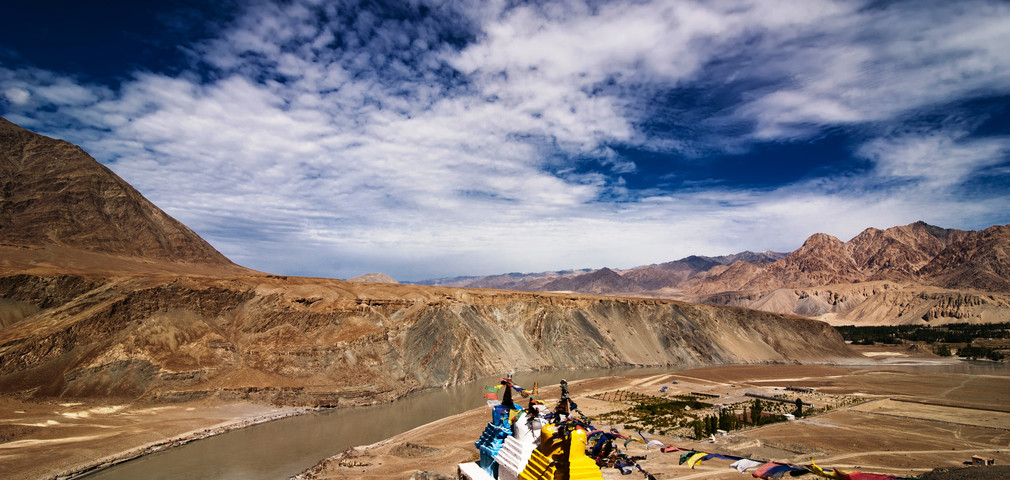
Discover Ancient Buddhist Villages
The Markha Valley Trek takes you through some diverse landscapes and while most of the hike is shadowed by wilderness, there will be days when you will stop by tiny mountain hamlets. Trek through scenic landscapes and pass along river banks; meet the region’s locals and come face-to- face with religious shrines at Lhatos and confront the Mani walls. Mani walls are stone structures that are formed by the compilation of intricately carved stone tablets mostly with the inscription of ‘Om Mani Padme Hum’ loosely meaning ‘ Hail to the jewel
in the lotus’.
Hike through the villages of Umlung and Hangskar. Much like an eagle nest perched on the tallest tree, the Techa Monastery in Umlung is one of the highest located monasteries and is easily a 1000 years old. Although Umlung offers the comforts of a monastery and a handful of homestays, a visit to Hangskar (the last hamlet in the valley) with its ever welcoming locals and their hot butter tea is a reward in itself. Some of the other villages that you will pass by during the Markha Valley Trek are Spituk, Shingo, and Siku among others.
An Encounter with the Wild
One of the best parts of about the Markha Valley trek is that it takes you through the charming Hemis National Park. Best known for having the highest density of snow leopard in any protected area in the world,
the Hemis National Park with its large population of rare species of wildlife is arguably one of the best parts of this trek. Tibetan wolves, red foxes, Eurasian brown bears and Asiatic ibexes – they are all here. But that’s not all – the region also boasts of being the only habitat of the Shapu in India and is also home to the mountain weasel and the Himalayan mouse. The park is also a bird watcher’s paradise and visitors are often lucky to spot the Lammergeier vulture, the fork-tailed swift, Fire-fronted serin and Tibetan snowfinch in their natural habitat.
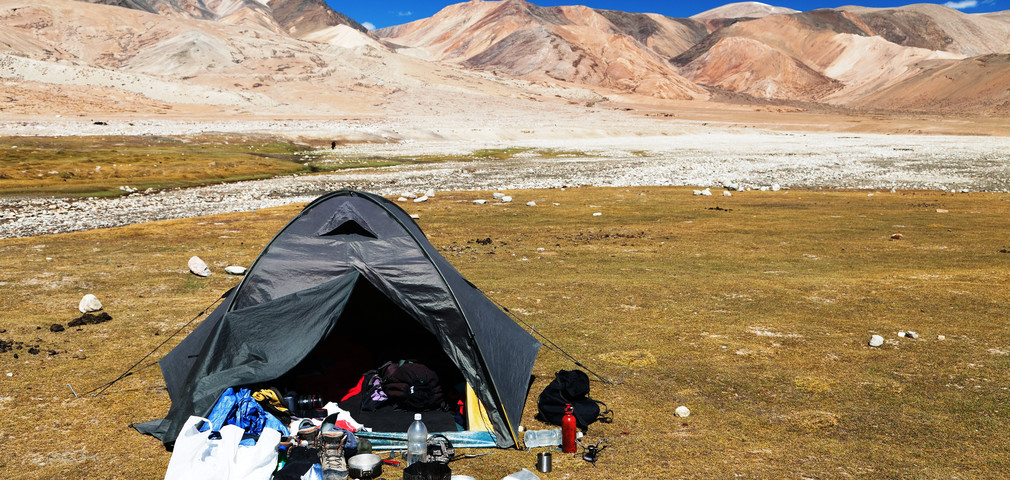
Live in Parachute Tents
The Markha Valley trek is also known as the ‘tea house trek’, takes you through diverse terrains and arid deserts but that’s not the only fun part of this excursion. While the villages on the trail have ample homestays that provide the comfort of a home away from home, this adventure also lets you have the experience of camping in parachute
tents. These parachute tents are massive tents where you camp the night with your entire group. Fun much? Oh, you have to experience it to know how much!
Be an Achiever
The trek begins from the green landscapes of the Hemis National Park but don’t let the lush environs fool you, this is just the beginning. The Markha Valley trek takes you through striking contrasts. Trek through the land masses with powerful rivers that are knee-deep if not more and pass through rocky canyons to reach the towering peaks of
Ganda La at 15748 feet, and Kongmaru La at 17060 feet. Reach the top and be welcomed by breathtaking views of Ladakh and the Zanskar ranges. It’s a superlative achievement that feels a million times better
than it reads.
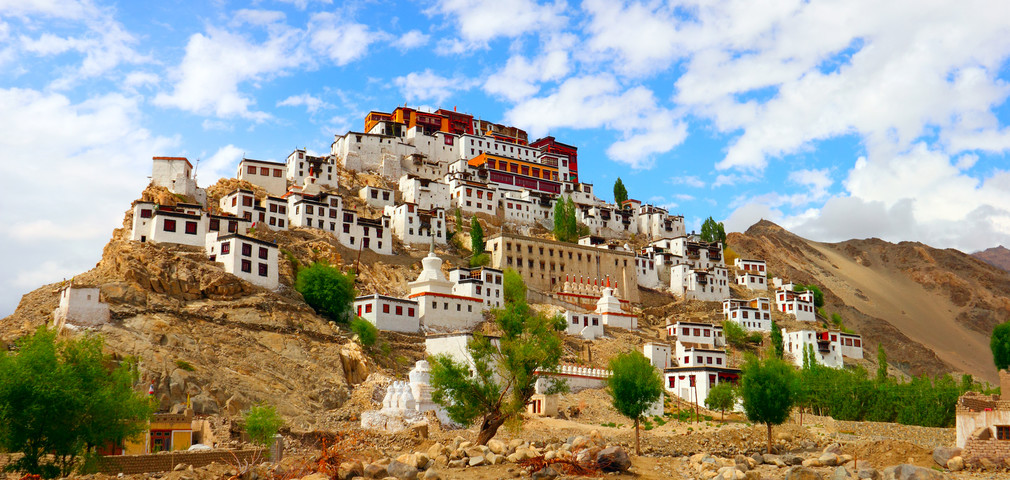
It’s not every day that you come across a trek that offers an out-an-out Ladakhi experience. Raw and natural beauty, exciting adventure, the Buddhist culture, the local food, and the warm hospitality of the people
– everything’s covered.
This trip is everything that dream vacations to Ladakh are made of, and if it resonates with your idea of adventure, let there be no place else you head this summer.

